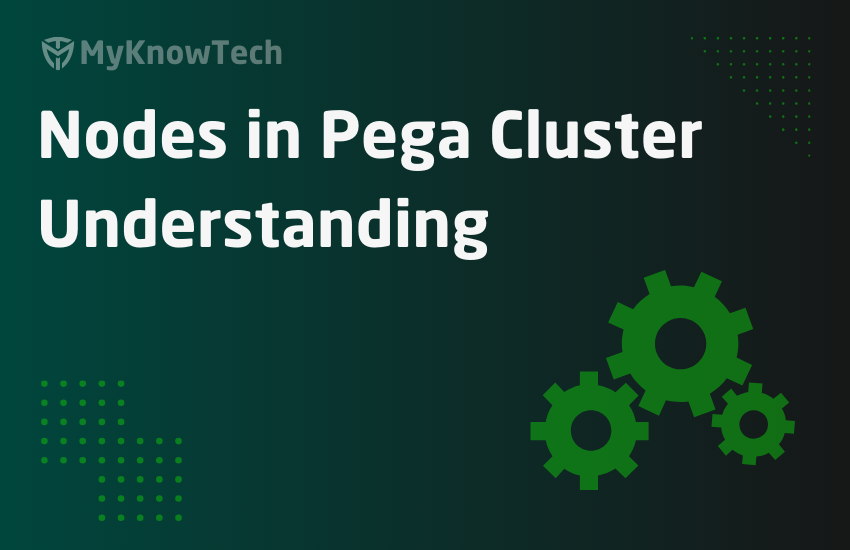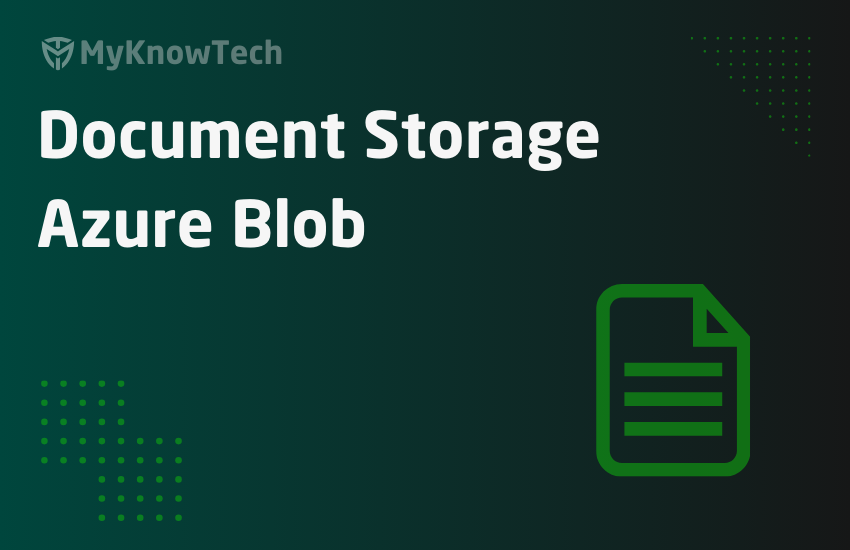In this blog article, we will set up Kafka in Windows and start producers and consumers using CLI. We will also see how the messages get consumed. It is recommended to go through previous blog article on Kafka fundamentals before proceeding here. Let’s straightaway start downloading the binaries. Step 1: Make sure you have Java […]
Kafka – Part 1 – Fundamentals
Welcome to the first article on Kafka series. Here we will talk some theory concepts on Kafka fundamentals. What is Kafka? Kafka is a distributed streaming platform. Stream here refers to stream of data. Imagine an organization has around 3 source systems and 4 target systems. Each system needs to communicate with each other to […]
Nodes in Pega Cluster – Node classification
In this blog article, we will see how we can classify the nodes. I suggest you to go through the previous articles on System name and Nodes Introduction. Why to classify nodes? Effective resource allocation Imagine an Insurance organization using Pega application for Sales activity. End users login to the Pega applications creates sales case […]
Nodes in Pega Cluster – Understanding
In this blog article, we will see some basics about Clusters and Nodes What is a cluster? – A cluster is a group of servers and resources that work together. – Just for logical reason, you can map a cluster with the system name, we saw in the previous post. Think of the Pega Personal […]
Setup System Name in Pega
In this article, we will understand about the System name configuration in Pega environments. What is a system instance in Pega? – System is a data instance that belongs to SysAdmin category. – System name uniquely identifies each system and corresponds to Pega Platform system For example In an Organization – mkp_dev, mkp_st, mkp_uat, mkp_prod […]
Requestor Pooling for Services
In this blog article, we will see how to reserve a set of requestors for Pega services. This tutorial was implemented using Pega personal edition 8.5, but the core concepts remain the same in higher versions as well Let’s start with requestors. You can visit another blog article on requestor types. Requestors can refer to […]
OpenID Connect Authentication Service in Pega
This is the continuation of the previous blog article on OpenID connect basics. It is mandatory to go through the below article before proceeding. In this tutorial, we are going to create a new OpenID Connect authentication service in Pega using Google as the OpenID Identity provider. Pega supports only the authorization code OpenID flow. […]
OpenID Connect Understanding
In this blog article, we will cover some basics about OpenID Connect mechanism. I will start with a short history. History: Years before organizations wanted to have a unified authentication system for better management and security. Thus, Single sign-on comes into the picture to have a one repository of usernames and passwords. With a lot […]
Expose Pega local server to Internet via ngrok
In this blog article, we will see how we can expose the local host web server to the internet using ngrok tunneling. Important note: This is only intended for personal use We know that the Pega personal edition can be hosted in our local machine and hence we can access the apps using the host […]
Content storage and content source using Azure storage repository
In this blog artcile, we will see how we can store and manage the case attachments and pulse attachments in Azure blob storage container instead of the default Pega data storage. This tutorial was implemented using Pega personal edition 8.5, but the core concepts remain the same in higher versions as well It is recommended […]










